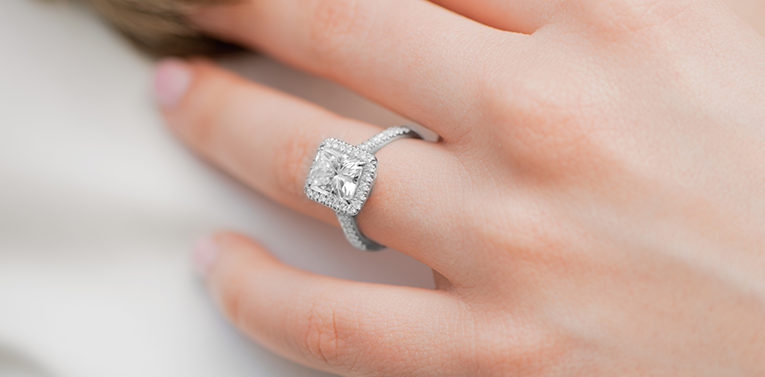In the rapidly evolving world of retail, staying ahead of customer expectations requires innovation and adaptabilityOne trend that has gained significant traction is the rise of pop-up storesThese temporary retail spaces are redefining how brands engage with their customers, offering a dynamic and immersive experience that traditional retail outlets often struggle to provide.
Pop-up stores have become a cornerstone of experiential retail marketing, enabling brands to connect with their audience in creative and meaningful waysLet’s explore why pop-up stores are shaping the future of retail and how businesses can leverage this concept to enhance their marketing strategies.
1What Are Pop-Up Stores?
Pop-up stores are short-term retail spaces designed to create a buzz around a brand, product, or eventUnlike permanent storefronts, they are typically set up for days, weeks, or a few monthsThese spaces allow brands to experiment with different locations, test products, and engage with customers in unique, memorable ways.
From small boutiques to large-scale activations, pop-up stores can take on various forms and cater to diverse business objectives.
2Why Pop-Up Stores Are the Future of Retail
The popularity of pop-up stores lies in their ability to deliver something traditional retail often lacks—a sense of excitement and exclusivityHere’s why they’re set to dominate the future of retail:
- Flexibility and Cost-Effectiveness: Setting up a pop-up store is often more affordable and less risky than committing to a long-term leaseThis flexibility makes it an ideal option for startups, online brands, or established retailers looking to expand their reach.
- Creating Unique Experiences: Experiential marketing is about connecting with customers on an emotional level, and pop-up stores excel at thisBy crafting interactive and engaging spaces, brands can leave a lasting impression.
- Building Brand Awareness: Pop-ups generate buzz and attract media attentionTheir temporary nature creates a sense of urgency, drawing customers who don’t want to miss out.
- Testing New Markets: Pop-up stores provide an opportunity to test products, concepts, or locations without significant financial commitmentThis helps brands make informed decisions for future investments.
3Key Benefits of Pop-Up Stores
- Engaging Customers Directly: Unlike e-commerce, pop-ups allow face-to-face interaction with customersThis personal engagement builds trust and loyalty.
- Showcasing Brand Identity: Pop-up stores are a blank canvas for brands to showcase their personality and values creativelyFrom decor to layout, everything can reflect the brand’s unique identity.
- Boosting Sales: Pop-ups often create a surge in sales by offering exclusive deals or limited-time productsThe scarcity factor encourages impulse purchases.
- Enhancing Online Presence: Pop-ups bridge the gap between physical and digital retailMany brands use pop-ups to drive traffic to their online platforms, offering QR codes, digital touchpoints, or social media integrations.
4Trends in Pop-Up Store Design
To maximize the impact of a pop-up store, brands need to embrace current design and marketing trends:
- Interactive Technology: Augmented reality (AR), virtual reality (VR), and touchscreens enhance customer engagement and create memorable experiences.
- Sustainability: Eco-friendly materials and sustainable practices in pop-up design resonate with conscious consumers.
- Hybrid Spaces: Combining retail with entertainment, workshops, or events transforms pop-ups into multifunctional spaces.
- Social Media-Worthy Setups: Instagrammable backdrops and unique aesthetics encourage customers to share their experiences online, amplifying the brand’s reach.
5Examples of Successful Pop-Up Stores
Several brands have successfully harnessed the power of pop-ups to achieve their marketing goalsFor instance:
- Nike launched pop-ups featuring customization zones, allowing customers to design their own sneakers.
- Glossier created aesthetically pleasing, highly Instagrammable pop-ups to promote their beauty products.
- IKEA used pop-up shops to showcase space-saving furniture in urban settings.
These examples highlight how diverse industries can adapt the pop-up model to meet their unique needs.
6How to Plan a Successful Pop-Up Store
Planning a pop-up store involves careful consideration of the following factors:
- Location: Choose a high-traffic area that aligns with your target audience.
- Design: Create a visually appealing and functional space that reflects your brand.
- Marketing: Promote your pop-up through social media, email campaigns, and local advertising.
- Engagement: Offer interactive elements like product demos, workshops, or live events to captivate customers.
Final Thoughts
Pop-up stores are more than just temporary retail spaces—they’re an innovative way to create memorable experiences, build brand awareness, and drive customer engagementIn a world where consumers crave authenticity and excitement, pop-ups offer the perfect blend of exclusivity and interaction.
For professional assistance in creating impactful and creative pop-up store designs, trust Signworks and 3dworksme to bring your vision to life with innovation and precision.






